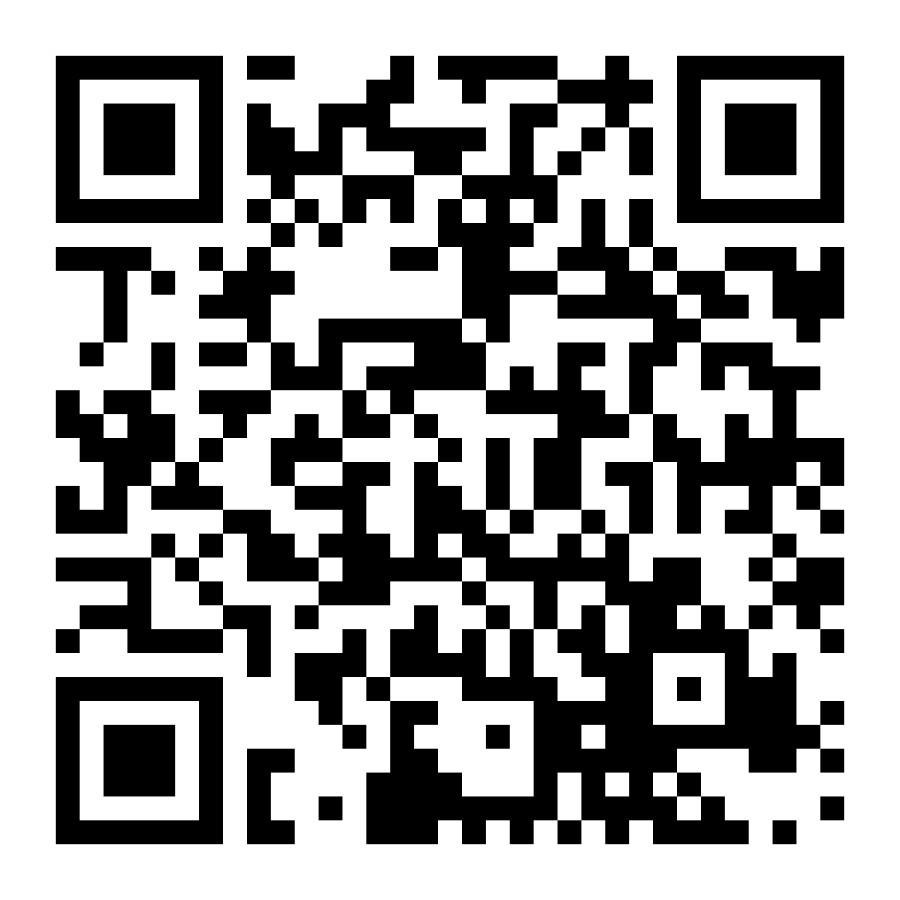Debunking Common Myths About Remote Work
Think remote workers are less productive or isolated? Think again. Here’s the truth about remote work and what makes it truly effective.

Remote work has reshaped how we think about productivity, collaboration, and balance, but it’s also surrounded by myths. Let’s break down some of the biggest misconceptions and what’s actually true.
💻 Myth 1: “Remote workers are less productive.”
Reality:
Studies consistently show the opposite. Remote workers are often more productive because they face fewer office distractions and can tailor their environment to suit their needs.
The real challenge isn’t getting work done — it’s sustaining productivity without burning out or letting work bleed into personal time.
👀 Myth 2: “Managers can’t trust people they can’t see.”
Reality:
Trust should be built on output, not visibility.
Strong remote teams prioritize measurable goals, clear communication, and accountability — not micromanagement. Tools like project trackers and async updates make transparency possible without constant supervision.
💡 Myth 3: “Remote work kills collaboration and creativity.”
Reality:
It doesn’t kill creativity — it changes how it happens.
Great ideas now come from async brainstorming, virtual workshops, and written discussions. The best teams create intentional spaces — digital whiteboards, virtual coffee chats, and in-person retreats — to keep creativity alive.
🌍 Myth 4: “Remote work isolates people.”
Reality:
Isolation can happen, but it’s not inevitable.
Teams that invest in connection through rituals, mentorship, or casual daily check-ins, often build stronger bonds than those in physical offices. Community doesn’t happen by accident; it’s designed.
⏰ Myth 5: “Remote means flexible — you can work anytime.”
Reality:
Flexibility doesn’t mean chaos.
Successful remote professionals still follow structured routines, set boundaries, and maintain overlapping work hours for real-time teamwork. Flexibility is about choice, not randomness.
💼 Myth 6: “Remote jobs are easier.”
Reality:
They’re different, not easier.
Remote work demands strong written communication, self-discipline, digital fluency, and emotional intelligence — skills often underdeveloped in traditional office environments.
⚖️ Myth 7: “Work–life balance is automatic when you’re remote.”
Reality:
If anything, boundaries blur more easily. Many remote workers actually put in more hours because home and office overlap. True balance requires intentional separation — a clear workspace, rituals to start and end the day, and firm sign-off times.
Bottom line
Remote work isn’t a shortcut; it’s a shift. It rewards clarity, discipline, and trust. The future of work isn’t about where you are, it’s about how you work.
